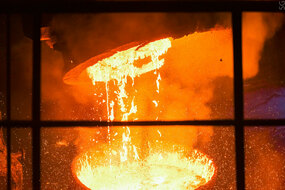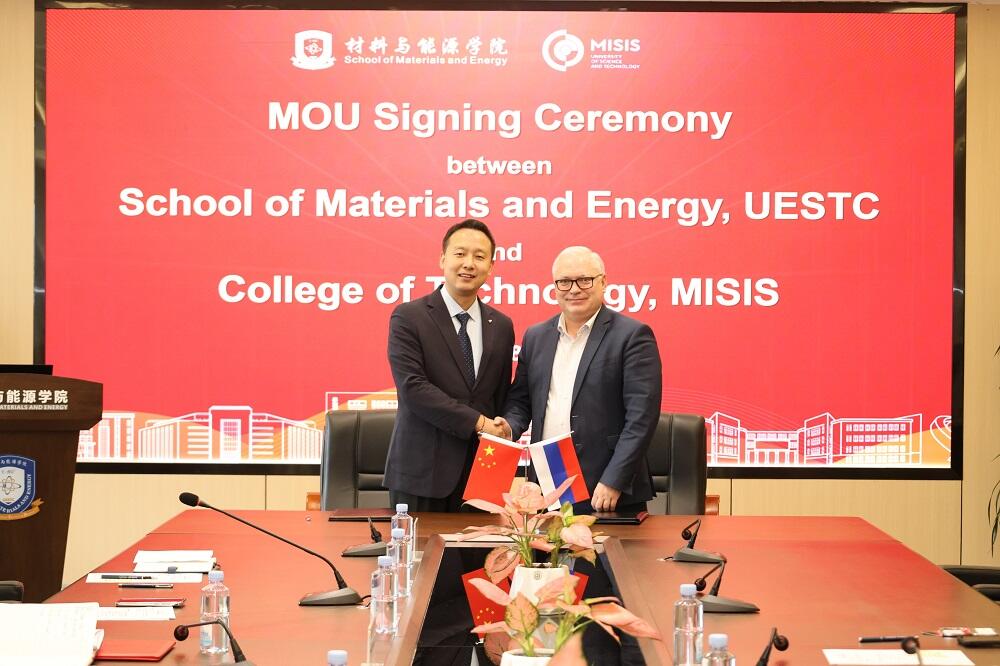Scientists from NUST MISIS, in collaboration with Severstal, have developed a new Russian fire-resistant grade of steel, C390P, for industrial and civil facilities such as trade and business centers, warehouses, transport hubs, and multi-story garages. Structural metal constructions made from this steel can withstand a fire temperature of 600°C for about 30 minutes without losing their load-bearing capacity. This helps slow down the destruction of buildings during fires, providing additional time for people to evacuate. Fire-resistant products made from C390P steel are already being produced at the Severstal Steel Solutions plant. The project was implemented with the support of the Russian government as part of the program to develop high-tech domestic production. The development received a gold medal at the Metal-Expo 2023 exhibition.
In 2022 alone, Russia experienced several major fires in shopping centers and retail warehouses, causing significant damage and resulting in civilian casualties. The high risk of technological disasters and fires necessitates the development and wider use of special high-strength fire-resistant steel for manufacturing structural metal constructions. This demand has existed in the Russian market for quite some time. The social demand for such products became apparent in 2018 after the fire at the Zimnyaya Vishnya shopping center in Kemerovo.
The developers of the new Russian fire-resistant grade of steel, C390P, aimed to increase the resistance of structural metal constructions to fire without using special coatings, extending it to 30 minutes. Existing market-available construction steels without special coatings can withstand fire for
The absence of fireproof coatings makes it possible to reduce the cost of metal constructions (saving up to 60,000 rubles per ton) and the installation time of construction facilities, as well as avoid toxic emissions from coatings during fires, which could lead to tragic consequences. Furthermore, the high strength characteristics of the considered steel grade allow for a reduction in the weight of structural constructions, thereby reducing construction assembly times and overall construction periods.
“We achieved the task of increasing the fire resistance of steel constructions by controlling the composition of alloying elements and the conditions of thermo-mechanical processing during production. The desired effect was achieved by forming a fine-grained ferrite-bainite structure in the steel using special temperature-speed and deformation technological modes of controlled rolling and accelerated cooling,” explained Alexander Komissarov, head of the Laboratory of Hybrid Nanostructured Materials at NUST MISIS.
During the development of the alloying concept, no less than 20 chemical compositions and various technological production mode options were tested. Fire tests were conducted at the All-Russian Institute for Fire Protection of EMERCOM of Russia, the Research Institute of Building Constructions (TSNIISK) named after V. A. Koucherenko, with the participation of the Steel Construction Development Association.
Currently, structural metal constructions made from C390P steel are being produced by Severstal Steel Solutions for constructing large-span buildings such as sports facilities, high-rise and industrial buildings, trade centers, and warehouses. Simultaneously, negotiations are underway with one of the country’s largest developers to use fire-resistant steel on the ground floors of residential buildings where social facilities are located.
It is important to note, says Alexander Komissarov, that we continue to participate in scientific and technical support work for the project to ensure the quality level of the finished product: before going to the buyer, each new batch of steel undergoes tests for mechanical and operational properties in the laboratories of NUST MISIS.
Two patents (2799194 and 2781928) have been obtained for the fire-resistant steel C390P. The research meets the objectives of the strategic project of NUST MISIS “Materials of the Future” under the program of the Ministry of Science and Higher Education of the Russian Federation “Priority 2030”.




